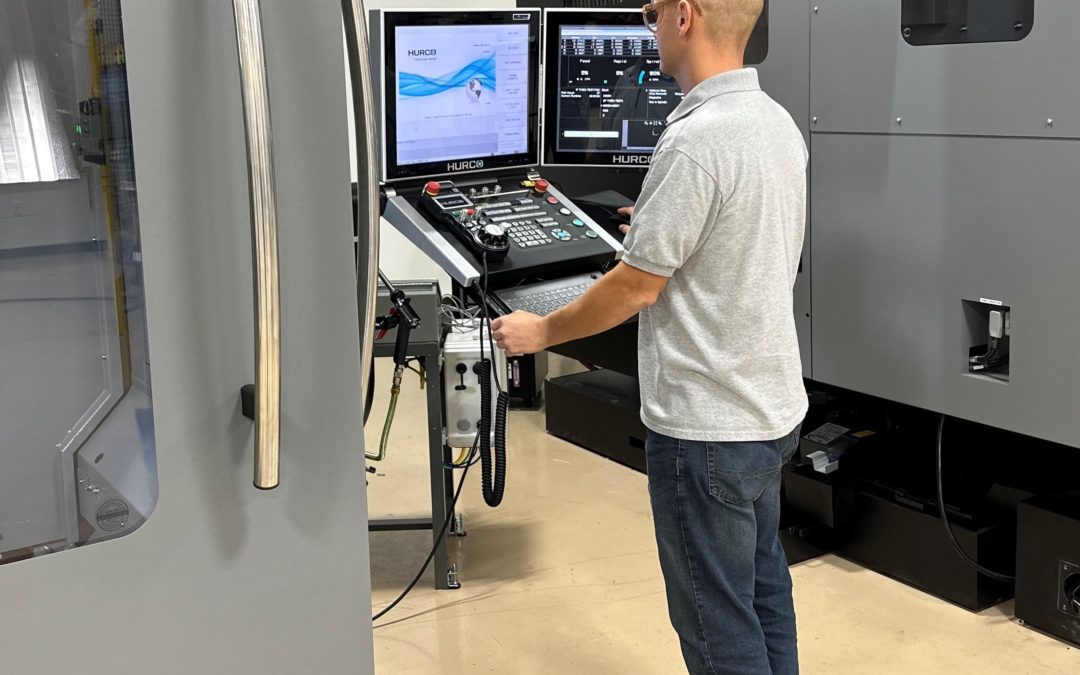Becoming a Team of Teams
Business environments are in the middle of a revolution. Nearly every industry is being impacted by the same factors but few of us are adapting to these changes. What are these factors?
- Rapid Pace of Change: Change is occurring more rapidly than at any time in history due to many factors, including the speed of information and “improved” communications through technology. When I was born in 1974, computers were behemoths in laboratories and cell phones and the Internet were only seen in science fiction movies. By 1994, these inventions had become “personal”, and were altering consumers’ lives, disrupting governments, and changing the shape of global economies. After these three disruptive technologies converged with the smartphone just ten years later, change started happening at a breathtaking pace. The pace of change will only continue to increase as technologies advance further and information is networked through other “smart” devices.
- Complexity: Because of the rapid pace of change and increased innovation, many of the problems that we face are getting more complex. The butterfly effect is a concept that explains how a small change (like the flap of a wing from a butterfly in Brazil) can have a ripple effect that can ultimately lead to an unplanned event (like a tornado in Texas). This butterfly effect is being seen in many aspects of our organizational culture, business structures, and technologies. Small, seemingly unimportant deviations are having catastrophic effects on our businesses and industries. We are inundated with large amounts of data every day, and it is getting increasingly complex to keep up with all the inputs and to process this information in a timely manner. The complexities of the “conditions on the ground” – our workplaces – have increased dramatically.
When I was in business school, we were taught that good managers set a clear vision, mission, and values. You put together a 5-year strategic plan and set corporate goals that drive the organization toward this plan. You align the organization by putting together performance management systems that set individual goals that align to the corporate goals and help accomplish the vision and mission of the company. All of this is summed up in an annual budget and hiring plans that line up perfectly with the overall plan. I’m sure these models and systems are still being taught in most MBA courses in our country.
A funny thing started happening a few years ago. Due to the level of complexity and rapid pace of change, our individual goals, budgets, and strategic plans were irrelevant almost immediately after we finalized them. We couldn’t keep up with the changing conditions on the ground and this was causing stress. I realized that our team was experiencing this stress because we were setting our plans for a world that no longer existed. A revolution in thinking was necessary. Thankfully, I found Team of Teams by General Stanley McChrystal to help us navigate through this dilemma.
In his book, General McChrystal provides two primary solutions to these conditions which, ironically, were inspired by watching how the enemy, Al Qaeda, was able to adapt and reorganize quickly due to their lack of a top-down hierarchy:
- Shared Consciousness: This is another way of saying organizational alignment, but, in this system, the manager is not aligning through performance management. This is aligning the “hearts and minds” of the people in your organization through trust and a shared purpose. It is the purpose of the leader to provide this daily realignment to the ever-changing tactics and to make sure there is trust within the team to accomplish the goals.
- Empowered Execution: This is the truly dangerous part of the Team of Teams concept. It requires that leaders intentionally give up control and empower their teams to execute on daily challenges presented to them. It’s the leader’s responsibility to create an adaptable organization with the proper boundaries to allow employees the freedom to act without specific direction from leadership. This is where shared consciousness and trust allows for there to be alignment, but without the threat of someone “going rogue”.
General McChrystal accomplished this goal through rejecting the silos, aligning the teams around a common narrative and then empowering them to move forward as a Team of Teams. At Bullen, we are still trying to discern the best way to implement this new framework into our business. We are all very excited because we realize that a good amount of our stress comes from 1) trying to predict the future through forecasting, budgeting, planning and 2) adapting to the inevitable change that comes with an ever-changing, complex world. Isn’t the definition of insanity “doing the same thing over and over again hoping for different results”? My guess is that many of you keep applying the same methods of strategic planning and budgeting even though they are ineffective tools for our ever-changing, complex business environments.
What would it look like if we intentionally created an adaptable strategic plan, forecast, and budget that gave us the flexibility to adjust to the complexity that is inevitable? What if we intentionally designed our equipment to allow for maximum adaptability? What if we created a budget that flexed with the changing forecast and economic conditions but still put parameters on cost control and profitability? What if the organization structure was designed in such a way that you could adapt to shifts in production or priorities?
We are in an exciting time and I hope these concepts and strategies on change and complexity are as helpful to you as they were to me. Doing business in the world today means, of course, that we may never “arrive” on the perfect solution. Even General McChrystal would have to admit that not all the problems were resolved in Iraq by implementing Team of Teams. However, I appreciate his approach of trying to look at the problem differently and search for a unique solution to a new set of challenges in a world characterized by constant change and increased complexity.
Tim Beatty
President, Bullen Ultrasonics










